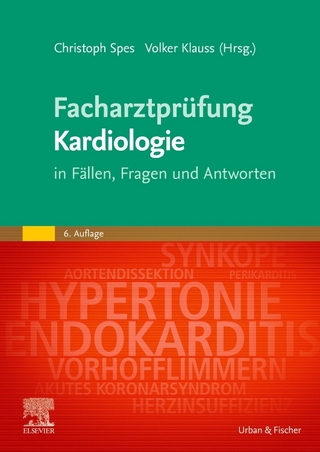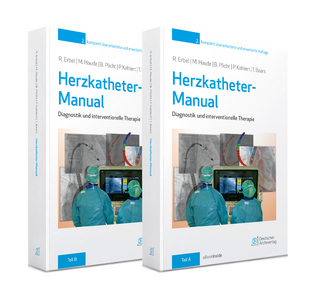
Physiology And Pharmacology of Cardio-Respiratory Control
Springer (Verlag)
978-0-7923-5135-1 (ISBN)
On 15 November 1997, the first international symposium "Neural and Chemical Control of Breathing: Pharmacological and Clinical Aspects" was held at Leiden University Medical Center on the occasion of the retirement of one of the members of the Control of Breathing Research Group of the Departments of Physiology and Anesthesiology, Dr. Aad Berkenbosch. Among others, Dr. Berkenbosch, played an important role in this research group, which made a large and significant contribution to scientific research on the regulation of breathing. This book presents the proceedings of that meeting together with papers of several authors who have strong bonds with the Leiden Departments of Physiology and Anesthesiology. All studies represent state of the art work on the subject of respiratory control and cardiovascular medicine, with emphasis on the physiological, pharmacological and anesthesiological aspects of both fields. The book is divided in several sections: Oxygen Physiology. Prof. John Severinghaus presents among other things his ideas on oxygen sensing and high altitude related diseases. Prof. Honda gives results from studies in a unique set of subjects without carotid bodies. The findings of Honda's group support the idea that an intact hypoxic drive from the carotid bodies is necessary for the generation of central hypoxic depression. Dr. Hans van Beek discusses the effects of hypoxia and hypercapnia on cardiac contractility in animal models. Prof. Oeseburg demonstrates the feasibility of Near Infra Red Oximetry for monitoring tissue oxygenation in patients. Central Chemoreception.
Oxygen Physiology.- Enigmas and insights in the oxybiology of high altitude.- Possible role of the carotid body responsible for hypoxic ventilatory decline in awake humans.- Effects of hypoxia and hypercapnia on cardiac contractility and energetics.- Tissue oxygenation-monitoring using Near Infra Red Spectroscopy.- Central Chemoreception.- Fos immunohistochemistry as a tool to map multisynaptic pathways activated by hypercapnia.- Cerebral venous PCO2 and hypoxic ventilatory decline.- Breathing Disorders in Wakefulness And Sleep.- End-tidal inspiratory activity and asthma.- Sleep disordered breathing in patients with chronic obstructive pulmonary disease.- Sleep apnea syndrome as extreme condition of the respiratory control system.- Children who forget to breathe: The physiological enigma of the congenital central hypoventilation syndrome.- Artificial Ventilation.- Alternating versus synchronous ventilation of the two lungs.- Opioids and Anesthetics.- (Endogenous) Opioids and the cardiovascular system.- Mechanisms for effects of inhalational anesthetics on control of ventilation.- Opioid-induced analgesia and respiratory depression: Sex differences.- Separate effects of respiratory stimuli and depressants on abdominal muscle action.- Influences of low dose volatile anesthetic agents on ventilatory control in humans: A comparison of the Knill and Leiden studies.- Modeling Studies.- Cardiovascular and pulmonary interactions in pharmacokinetics.- Pharmacokinetic-pharmacodynamic modeling of sevoflurane-induced respiratory depression in the cat.- An empirical model of the dynamic ventilatory response to hypoxia in normal subjects.- Some theoretical consequences of a linear ventilatory response to both hypoxia and hypercapnia.- The Read method to assess ventilatory regulation.
| Zusatzinfo | XII, 149 p. |
|---|---|
| Verlagsort | Dordrecht |
| Sprache | englisch |
| Maße | 170 x 244 mm |
| Themenwelt | Medizinische Fachgebiete ► Innere Medizin ► Kardiologie / Angiologie |
| Medizinische Fachgebiete ► Innere Medizin ► Pneumologie | |
| Medizin / Pharmazie ► Medizinische Fachgebiete ► Pharmakologie / Pharmakotherapie | |
| Medizin / Pharmazie ► Pharmazie | |
| ISBN-10 | 0-7923-5135-5 / 0792351355 |
| ISBN-13 | 978-0-7923-5135-1 / 9780792351351 |
| Zustand | Neuware |
| Informationen gemäß Produktsicherheitsverordnung (GPSR) | |
| Haben Sie eine Frage zum Produkt? |
aus dem Bereich


